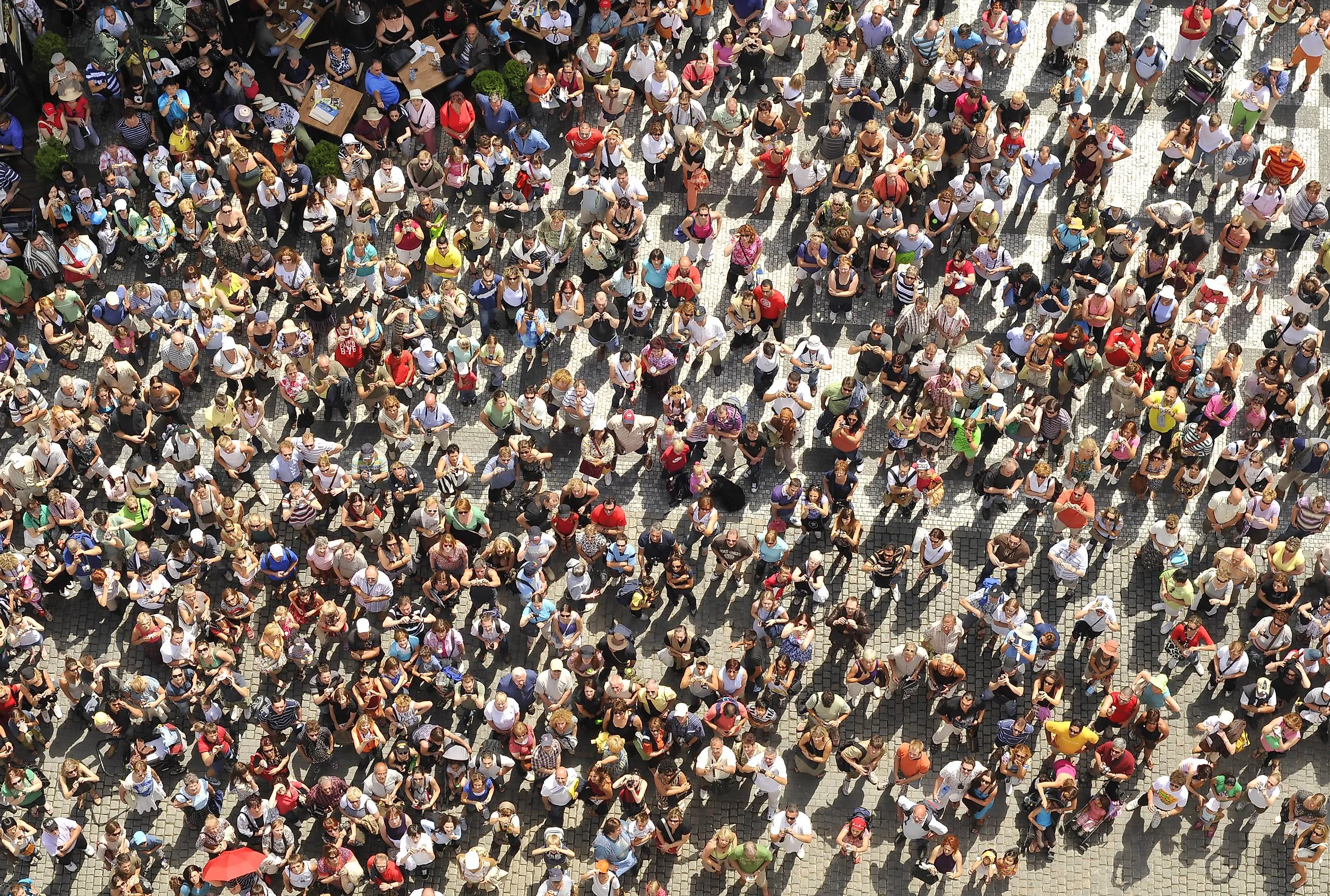
The Most Populous Mammals in the World
The Earth has countless species of animals in all shapes and sizes, from tiny ants to giant whales. The diversity of species is wondrous, and scientists have estimated that there may be as many as 8.7 million species of plants and animals on Earth. Of these, roughly 1.2 million have been discovered and documented, with the rest remaining uncataloged - at least for now. According to this logic, as much as 86% of all land creatures and 91% of marine species are yet to be discovered.
Of these many creatures, scientists have identified more than 5,400 mammal species on Earth. Unfortunately, approximately one-fifth of these mammals are considered to be threatened or endangered. Of the roughly 400 mammal species in the United States, a quarter is endangered due to climate change, habitat loss, pollution, or sickness. The above fact, combined with the fact that humans have long since been raising, protecting, and cultivating livestock, means that most of the largest mammal populations on Earth are domesticated animals or common livestock species.
8 Most Populous Mammals on Earth
- Humans - 8 Billion
- Rats - 7 billion
- Sheep - 1.18 Billion
- Cows - 1 Billion
- Goats - 1 Billion
- Dogs - 900 Million
- Pigs - 784 million
- \Cats - 700 million
1. Humans - 8 Billion
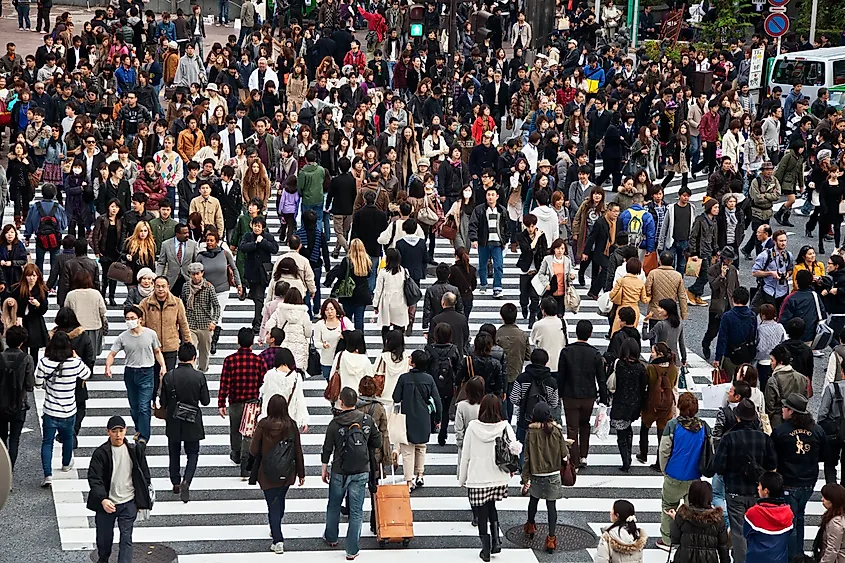
Humans have the highest population of all mammals in the world, reaching 8 billion as of 2023. The population has increased by nearly 1 billion since 2015. The country with the highest population is China, which has an estimated 1.42 billion people. India has the second highest population at 1.41 billion; these are the only two countries with populations exceeding a billion. Interestingly, the population of India is projected to continue to grow, while China’s population is decreasing and is expected to continue to shrink in the upcoming years. The countries with the next highest population are the United States, with over 338 million; Indonesia, which exceeds 275 million; and Pakistan, with more than 236 million.
2. Rats - 7 billion
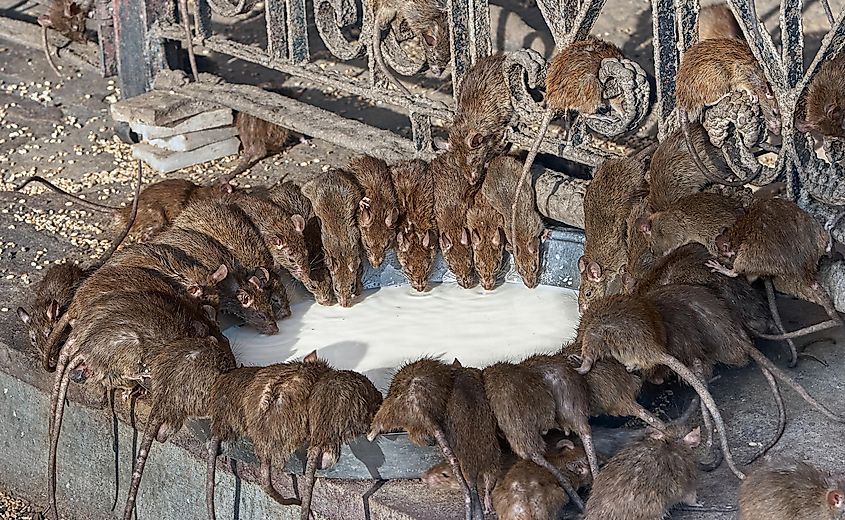
The population of rats in the world is so high that it is extremely challenging to know exactly how many there are. It is estimated, though, that it is around 7 billion, nearly the same as the population of people. The most common rat species is the brown rat, or the Grey Norway rat, though there are more than 60 different species on Earth. Rats have long since been associated with disease, sickness, and plagues but are actually very clean animals that self-groom often. In the United States, as of 2022, Chicago had the highest population of rats, followed by New York City and Los Angeles. In fact, Chicago has the highest population of rats of any city in the world, with London, England; Paris, France; and Deshnoke, India, also ranking among the top 5.
3. Sheep - 1.18 Billion
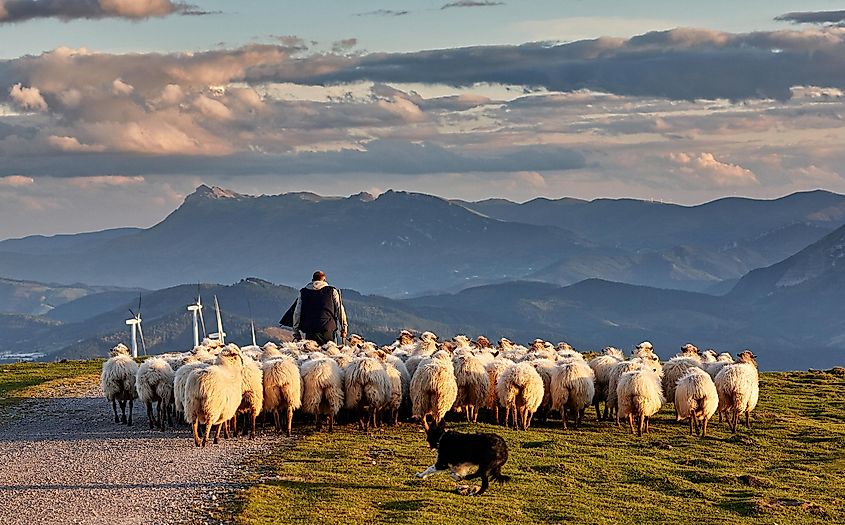
Interestingly, China has the highest sheep population, housing roughly 187 million as of 2019, which equals 15% of the world population. Australia’s sheep population ranks third in the world, at 75 million. Interestingly, New Zealand has one of the highest sheep-to-human ratios in the world. For every human, there are an average of 5 sheep. Sheep continue to be raised and farmed, primarily for their wool - a sustainable type of farming because the sheep can be sheared regularly and grow new wool coats each season. In some parts of the world, sheep are also used as a source of food, but this tends not to be the primary intent of sheep farms.
4. Cows - 1 Billion
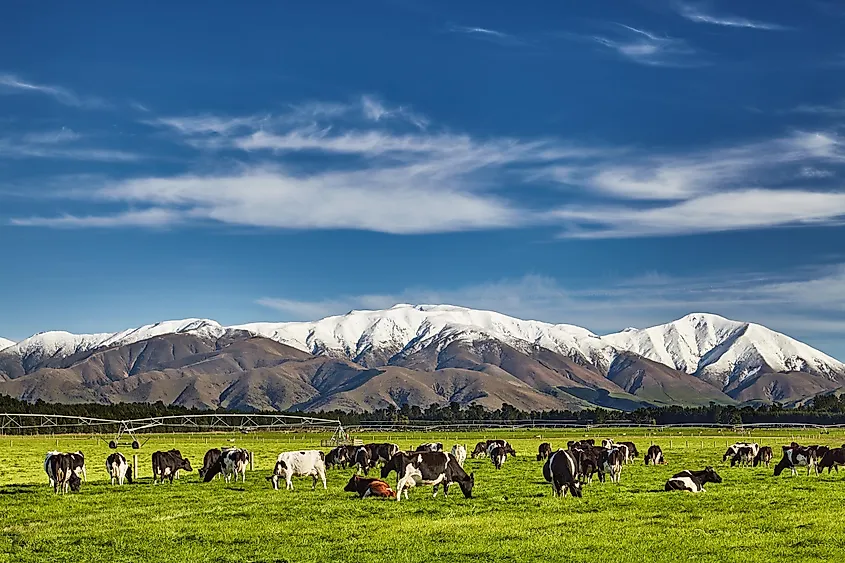
If we don’t include humans, cows have the largest population when it comes to large mammals. In 2022, there were an estimated 1 billion cows worldwide. Cows are a popular animal for both dairy and beef farmers. Of the 1 billion cows on Earth, approximately 10 million are dairy cattle in the United States. In Europe, specifically the EU and United Kingdom, there are roughly 22.6 million dairy cows. Though dairy substitutes and meat replacements continue to grow in popularity, the rising human population has meant the cattle population has also risen over the last five years. It will be interesting to see whether cow farming will decline or remain constant as trends continue or shift.
5. Goats - 1 Billion
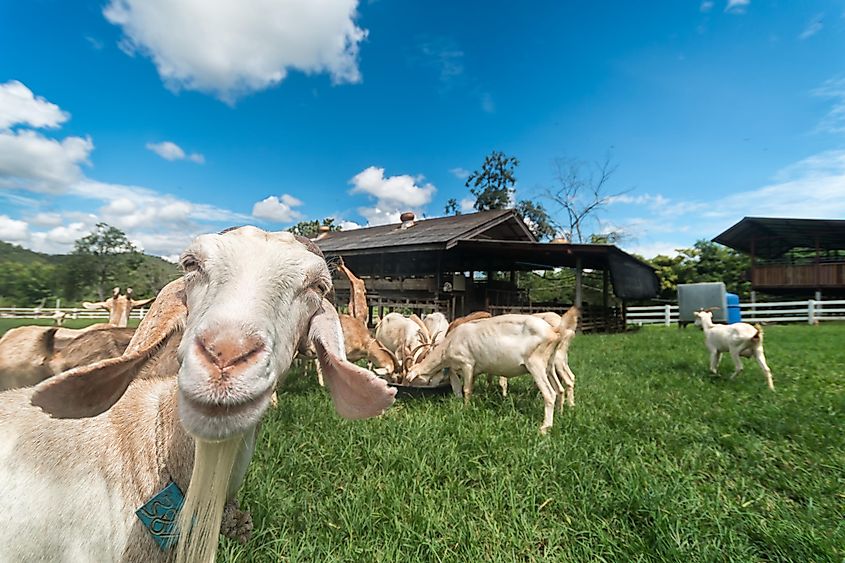
There are a large number of both wild and domesticated goats in the world. In fact, the population of all goats worldwide has increased by more than half in the past four decades. Goats are excellent farm animals, requiring much smaller amounts of food than pigs or cows but providing nutrient-rich milk and cheese. They are also consumed for their meat in many countries and are a great low-cost meat option. Due to their low cost and ability to be raised in small-scale farming, over 90% of goats can be found in developing countries. Asia has the largest population of goats, with Africa having the second largest population. China, again, has one of the largest populations, with roughly 133 million goats. The United States has an estimated 2.5 million.
6. Dogs - 900 Million

Dogs are one of the most popular pets in the world. Feral dogs are also prevalent in many countries, with huge populations of dogs roaming the streets or living out in the open. It is estimated that there are 900 million dogs in the world. Approximately 75% to 85% of the total population are feral dogs. Of the remaining population, domesticated dogs are pets, working dogs, hunting dogs, or farm dogs. Dogs’ loyal nature, hard-working attitude, and obedience make them great assets. The United States has the highest population of dogs, with an estimated 76 million, most of which are domesticated or stray (as opposed to feral). Brazil is second, with just under 36 million, and China is third at 27 million.
7. Pigs - 784 million
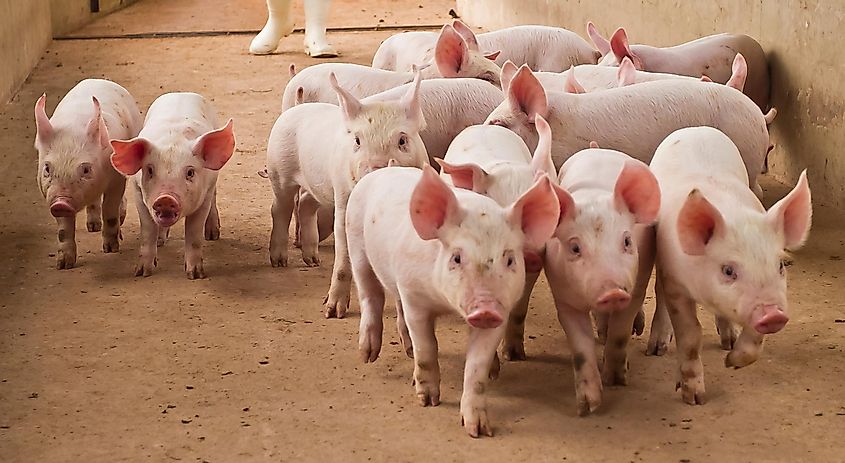
In 2022, it was estimated that 784 million pigs were living on Earth. In 2021, there were only 750 million, meaning the population has grown by more than 30 million in one year. The country with the highest pig population is China, which registered around 450,000 in 2022, nearly 70% of the world’s population. Other countries with top populations of pigs include Canada, the United States, Russia, and Brazil. Pigs are farmed for meat, with China being the country that consumes the most pork products. There are an estimated 67,000 pig farms in the United States, equating to some 600,000 jobs. This industry was threatened during the pandemic, as farmers and suppliers saw supply chain and transportation issues. Similarly, swine flu has affected pork production at times, but the population and industry continue growing and have become a popular source of food and protein.
8. Cats - 700 million

It is very difficult to pin down the number of cats in the world, but it is estimated that there are around 500-700 million. Around 480 million of these are classified as stray cats, according to the IAPWA. In the last few decades, cat populations have increased worldwide. Domestic cat populations were estimated at 220 million as of 2021, which, together with the estimated number of strays, would bring a rough number of 700 million. Of these, some 400 million can be found in Asia, while North America and Europe both have around 60 million cats. This total references ‘domestic breeds’ of cats - whether they are house pets, strays, or feral cats, and does not include wild cats and other species. It is estimated that there are approximately 100 million wild cats in the world, many of which are endangered or threatened species.
Each of these animal types, aside from rats, is either livestock or domesticated animals, showing the impact humans have on the populations of animals worldwide. Whether it is through farming, having animals as companions, or on the flip side, through climate change and habitat loss, humans can greatly impact a species’ health and longevity. Livestock outnumbers wild mammals on average ten to one and is almost always used for consumption. As the human population continues to grow, it is estimated that many of these livestock populations will also rise to meet the growing demands for meat and dairy products. This reason is also why the shift towards meat alternatives, milk alternatives, and plant-based eating is becoming increasingly important to ensure that livestock populations do not become out of hand and that habitats and natural resources needed for wild animals are not lost or threatened further.











